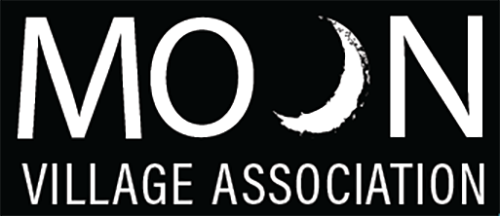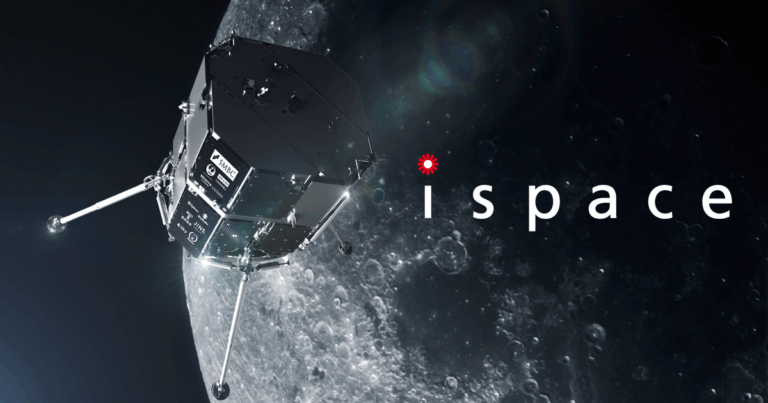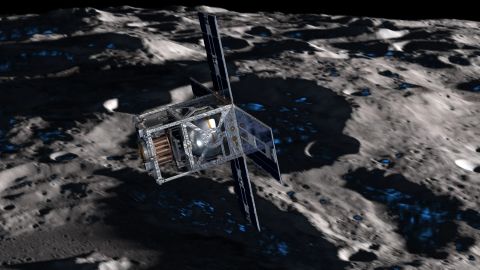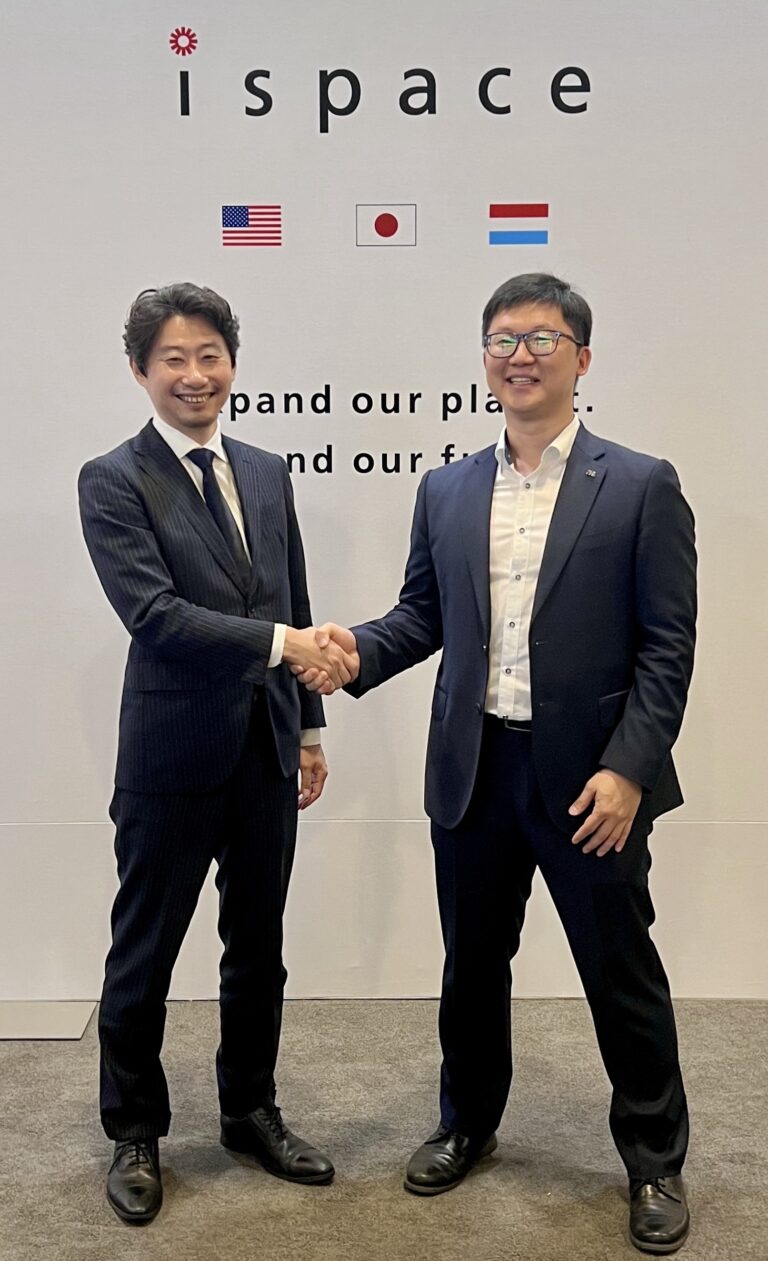
Invitation to Tender, Space Resources

Introduction
The future of space exploration depends on humanity’s ability to extract resources in space. In-situ resource utilisation (ISRU) will be key to supplying future explorers with food, shelter, energy, water and air. While ISRU is a futuristic concept, it has great potential for accelerating key technologies on Earth.
This “Space Resources” Invitation to Tender will support teams to develop products and services on Earth today, which are relevant to future use in space.
Which Space Resources Topics Are Relevant on Earth and in Space?
To a great extent, mining on Earth and mining in space involve similar goals:
- Reducing the Use of Water in Mining – Mining operations on Earth use a lot of water and can impact surrounding water sources. Reducing water use has become a key sustainability challenge for mining operations around the globe. It is also a key challenge for future ISRU. Mining in space would benefit from low or zero-water processing because water is a highly valuable resource in space and should not be wasted.
- Increasing Use of Solar-Powered Mining Machinery – Mining operations have high energy demands but often take place in remote locations, where it is expensive to connect to power grids. Solar energy could be an attractive option for powering mining machinery. Likewise, mining machinery in space will likely be solar powered. Future solar arrays should be manoeuvrable, efficient, light, robust, and (ideally) made in space using in-situ materials.
- Perfecting Remote and Autonomous Operations – Oil producers and mining companies are moving towards autonomous systems, remotely operated vehicles, and specialised robots, which are ideal for use in challenging environments. Space is also a challenging environment; prospecting, exploration and sampling will most likely be carried out by autonomous robots in space requiring limited human oversight.
- Developing Light, Agile and Precise Mining Equipment – Mining often involves large machinery moving great volumes of earth to extract valuable materials; it can be inefficient and wasteful. However, future extraction should involve low footprint, precision mining, which could rely on swarms of small, agile mining machines capable of autonomously detecting and extracting the pure deposit. Light, nimble machinery would also be needed in Space to reduce launch costs and effectively mine in space.
- Other Relevant Topics 3D printing could transform manufacturing on Earth and the future of space resources. On Earth, 3D printing is used in construction, disaster relief and healthcare. In the future, 3D printing should lead to sustainability in space, because it would eliminate the need for equipment to be built and launched from Earth, thereby reducing costs and risks. 3D printing will facilitate space exploration, especially if the feedstock is sourced locally, from lunar, Martian, or other planetary body materials. Standardised interfaces, compact instruments, or self-cleaning and dust-proof equipment would be beneficial to mining operations on Earth and in space. Advances in nanotechnology are also key to the future of mining on Earth and in space.
About This Invitation to Tender
- ESA will launch the Space Resources Competition on 19 April 2021.
- Teams will be invited to submit proposals between 19 April 2021 and 30 June 2021.
- After the deadline date, an evaluation board will review the proposals and successful ideas will be selected.
- ESA Space Solutions will provide 100% funding of up to €200K to each winning team.
- Teams will use this funding to run 12 month feasibility studies. During this time, teams will investigate the technical feasibility, commercial viability, and market appetite for their idea.
- Ideas must relate to products/services on Earth, and must be relevant to future operations in space.
- Ideas can also involve satellite data, space technologies, or spin-outs of technologies derived from space. For example, ideas could involve satellite imagery for elevation models at mining sites, satellite navigation to accurately guide autonomous machinery, and SatCom to provide communications in remote areas, but this is not essential.
- Each team will need to define a business roadmap, which should explain the exploitation of the proposed product/service in space, following successful exploitation on Earth.




You must be logged in to post a comment.